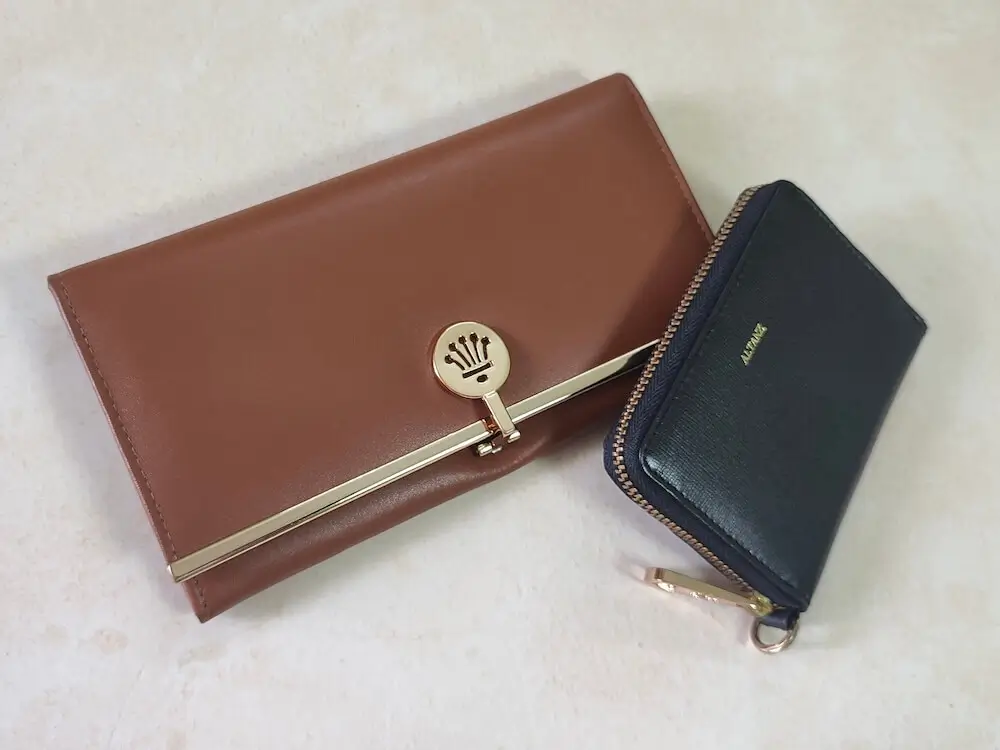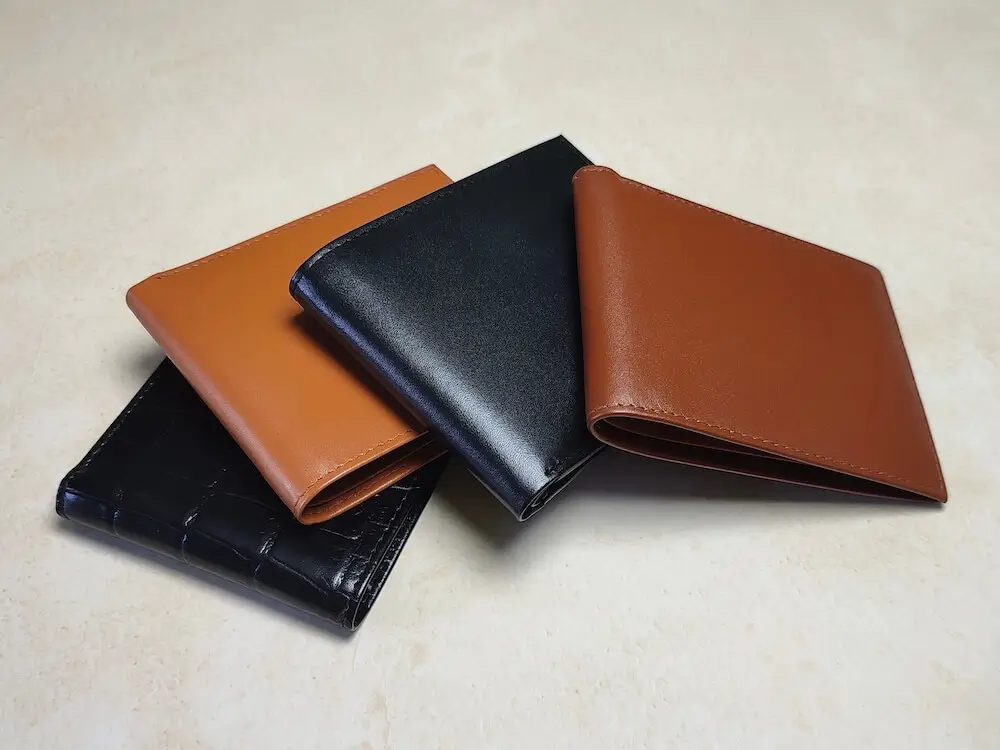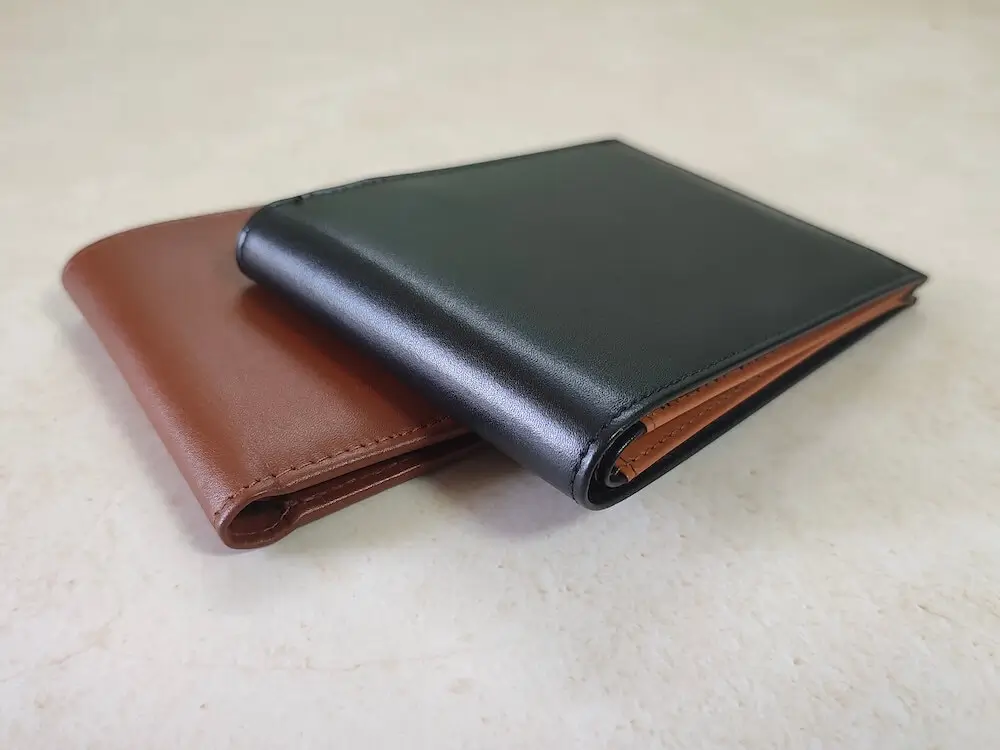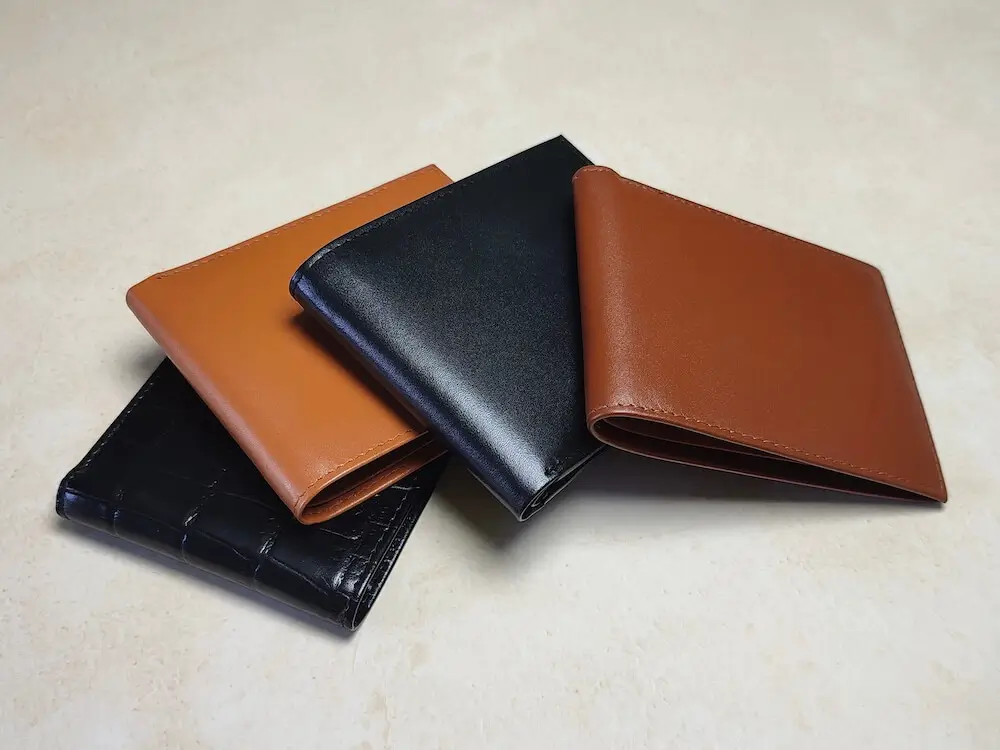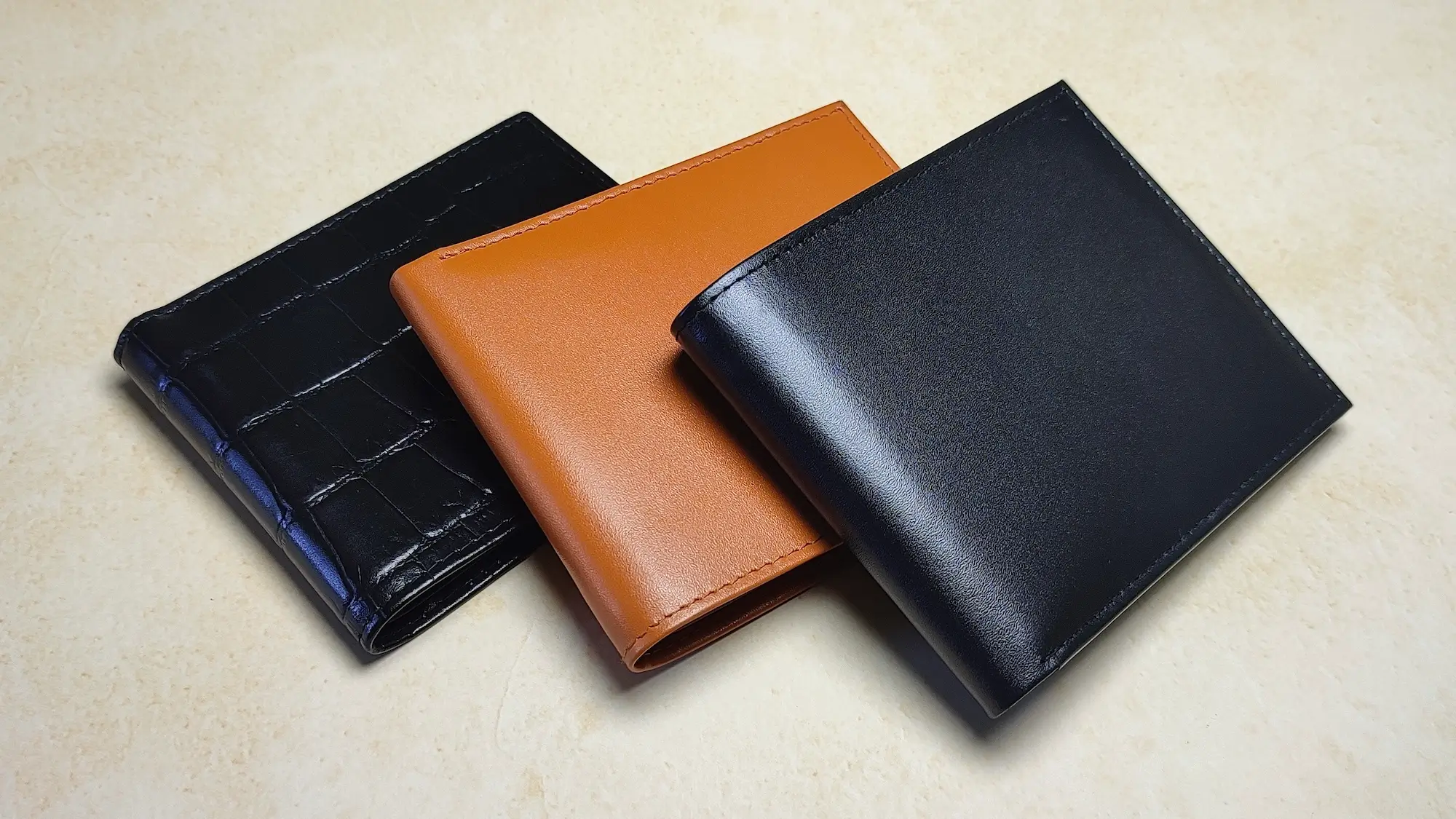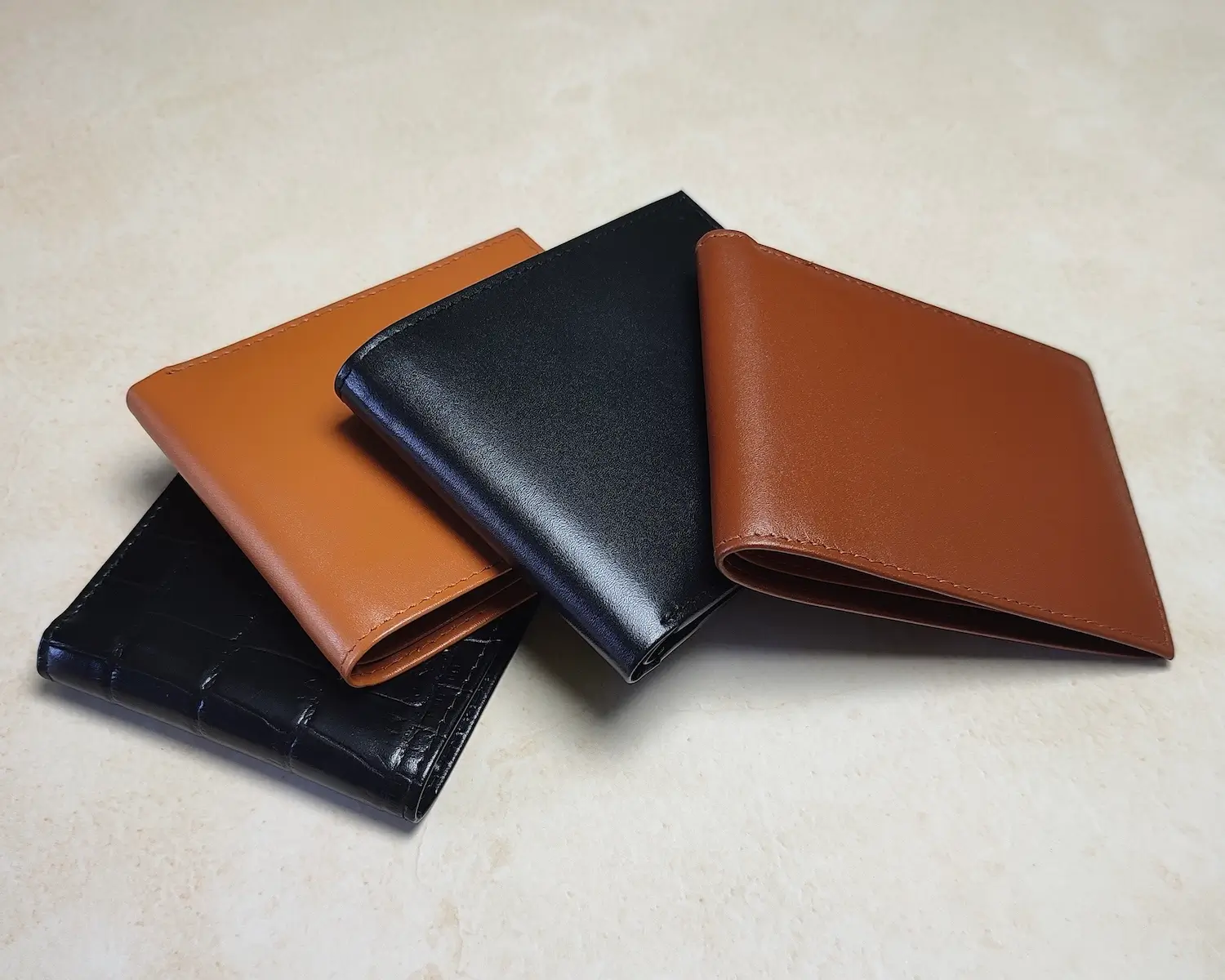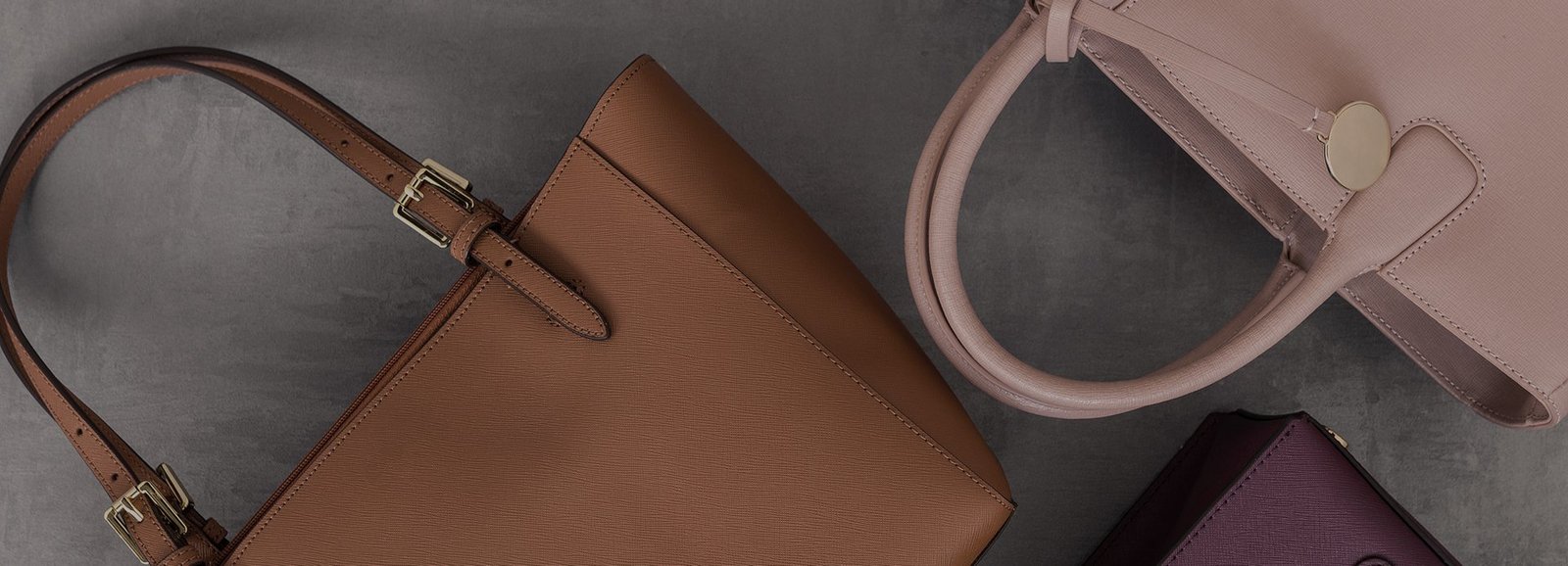Craftsmanship & Heritage
Italian Leather vs. Indian Leather : A Complete Guide
Introduction
When it comes to leather, Italian and Indian varieties stand out as two of the best-known types in the world. While Italian leather is synonymous with luxury and elegance, Indian leather is valued for its durability and versatility.
This guide will help you understand the key differences, benefits, and uses of Italian and Indian leather so you can choose the best option for your needs.
What Is Italian Leather?
Definition and Characteristics
Italian leather is renowned for its premium quality, characterized by its softness, smooth texture, and attention to detail. It is often used in high-end products and represents the pinnacle of leather craftsmanship.
Tanning Process
One of the defining features of Italian leather is its reliance on vegetable tanning, a traditional and eco-friendly method that enhances the leather’s natural properties and gives it a distinct aroma.
Common Uses
- Designer handbags and wallets.
- Luxury shoes and belts.
- High-end furniture and car interiors.
What Is Indian Leather?
Definition and Characteristics
Indian leather is celebrated for its strength and versatility. With a variety of textures and finishes, Indian leather products cater to a wide range of styles and purposes, from casual to formal.
Tanning Process
India employs both vegetable and chrome tanning processes, allowing for a diverse range of leather finishes, from smooth and glossy to rugged and textured.
Common Uses
- Durable bags and footwear.
- Jackets, belts, and other accessories.
- Upholstery and home decor items.
Key Differences Between Italian and Indian Leather
1. Craftsmanship
- Italian Leather: Crafted with an emphasis on luxury and detail, often by skilled artisans using traditional methods. Each product reflects meticulous attention to design and quality.
- Indian Leather: Known for its practical craftsmanship, Indian leather is designed for durability and versatility, often featuring a wide variety of textures and finishes.
2. Texture and Appearance
- Italian Leather: Typically smooth, soft, and refined. It often develops a beautiful patina with age, enhancing its aesthetic appeal.
- Indian Leather: Offers a more diverse range of textures, from rugged to smooth, making it suitable for various styles and applications.
3. Tanning Methods
- Italian Leather: Primarily vegetable-tanned, a process that is environmentally friendly and enhances the leather’s natural properties.
- Indian Leather: Employs both vegetable tanning for eco-conscious products and chrome tanning for vibrant finishes and durability.
4. Durability
- Italian Leather: Durable but more suited for luxury items and occasional use. Its delicate nature requires careful maintenance.
- Indian Leather: Highly robust and ideal for heavy-duty use, such as travel bags or everyday footwear.
5. Cost
- Italian Leather: More expensive due to its exclusivity, craftsmanship, and premium raw materials.
- Indian Leather: More affordable, offering excellent value without compromising on quality.
Pros and Cons of Italian Leather
Pros
- Luxurious and elegant appearance.
- Develops a rich patina over time.
- Crafted using eco-friendly vegetable tanning.
Cons
- Expensive compared to other leather types.
- Requires regular maintenance to preserve its softness and shine.
Pros and Cons of Indian Leather
Pros
- Extremely durable and versatile.
- More affordable than Italian leather.
- Wide variety of textures and styles to suit different needs.
Cons
- Some products may lack the refinement associated with Italian leather.
- Chrome tanning, used in some products, may not be as eco-friendly.
Choosing the Right Leather for Your Needs
1. Consider the Purpose
- Italian Leather: Perfect for luxury goods like designer handbags, wallets, or formal shoes.
- Indian Leather: Best for practical items like travel bags, casual footwear, or rugged accessories.
2. Budget Considerations
- Italian Leather: An investment for those seeking exclusivity and elegance.
- Indian Leather: Ideal for budget-conscious buyers who value quality and durability.
3. Maintenance Requirements
- Italian Leather: Requires conditioning and careful storage to maintain its quality.
- Indian Leather: More forgiving and easier to care for, especially for everyday use.
Popular Products Made from Italian and Indian Leather
Italian Leather Products
- Handbags: Iconic designer bags with impeccable craftsmanship.
- Shoes: Luxurious formal footwear that makes a statement.
- Wallets: Sleek and elegant, ideal for discerning professionals.
Indian Leather Products
- Bags: Durable totes, backpacks, and duffel bags.
- Footwear: Handcrafted sandals, boots, and loafers designed for comfort.
- Home Decor: Leather furniture, cushions, and rugs.
Environmental and Ethical Considerations
Italian Leather
- Vegetable tanning is eco-friendly, reducing the use of harmful chemicals.
- Small-scale artisan production supports local communities.
Indian Leather
- Efforts are underway to adopt eco-friendly tanning processes, such as vegetable tanning.
- Purchasing Indian leather often supports traditional artisans and their craftsmanship.
Why Both Italian and Indian Leather Are Worth Considering
Italian Leather
- Ideal for high-end, luxury items that require exquisite craftsmanship and a refined appearance.
Indian Leather
- Perfect for practical, durable goods that offer excellent value for money without compromising quality.
Conclusion
Italian and Indian leather each have their unique strengths, making them suitable for different needs and preferences. Italian leather excels in luxury and refinement, while Indian leather shines in durability and versatility. By understanding the differences and considering your budget, purpose, and style, you can choose the leather type that best suits your needs.
FAQs
-
What makes Italian leather so expensive?
The premium materials, traditional craftsmanship, and eco-friendly tanning methods contribute to its higher price. -
Is Indian leather durable enough for heavy use?
Yes, Indian leather is highly durable, making it ideal for everyday items like bags and footwear. -
How can I tell the difference between Italian and Indian leather?
Italian leather often has a smoother finish and luxurious feel, while Indian leather offers a wider variety of textures and finishes. -
Which leather type is more eco-friendly?
Italian leather is typically more eco-friendly due to its reliance on vegetable tanning. Indian leather is adopting similar practices but also uses chrome tanning in some cases. -
Can Indian leather products compete with Italian luxury items?
While Indian leather is less refined, it offers exceptional quality and durability at a more affordable price, making it a strong contender for many buyers.
FAQ : Frequently Asked Questions
Italian Leather vs. Indian Leather : A Complete Guide
Answer:
he premium materials, traditional craftsmanship, and eco-friendly tanning methods contribute to its higher price.
Answer:
Yes, Indian leather is highly durable, making it ideal for everyday items like bags and footwear.
Answer:
Italian leather often has a smoother finish and luxurious feel, while Indian leather offers a wider variety of textures and finishes.
Answer:
Italian leather is typically more eco-friendly due to its reliance on vegetable tanning. Indian leather is adopting similar practices but also uses chrome tanning in some cases.
Answer:
While Indian leather is less refined, it offers exceptional quality and durability at a more affordable price, making it a strong contender for many buyers.



